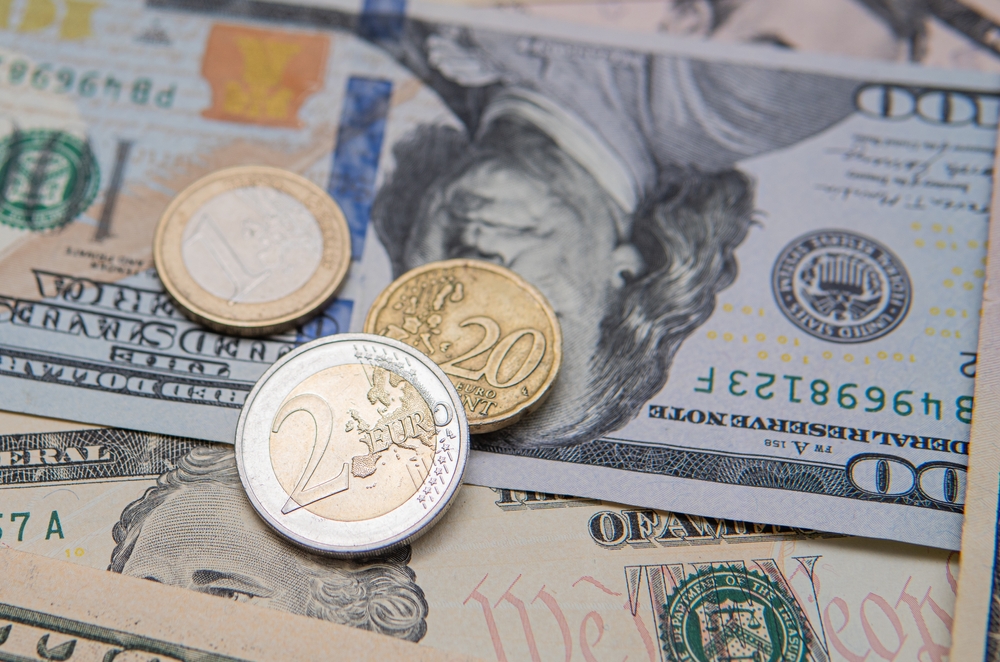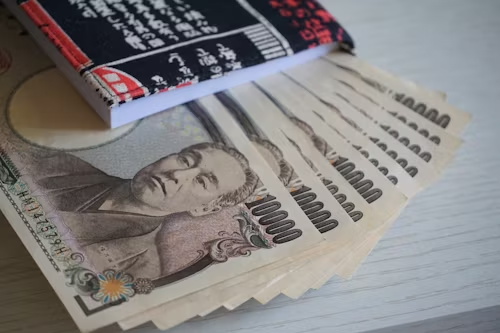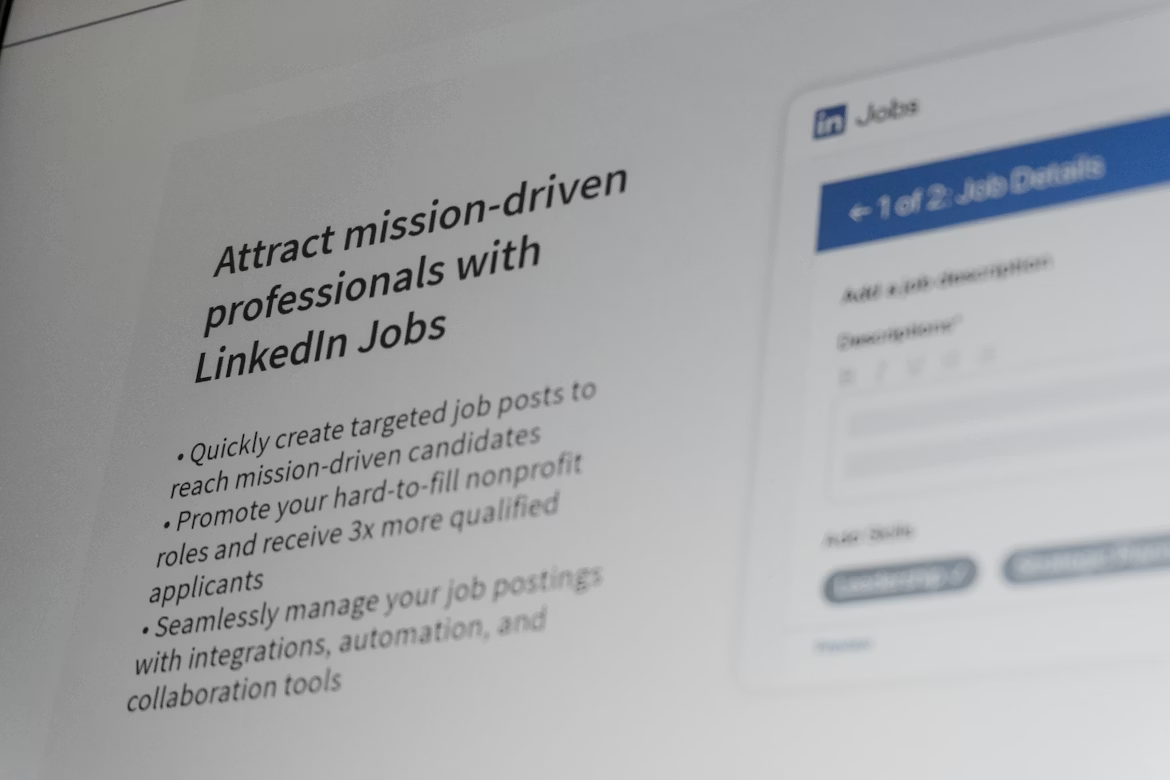Japan's finance ministry is requesting a record $220 billion for debt servicing costs next year as rising global interest rates end the era of ultra-cheap borrowing that previously masked the country's massive debt burden of 250% of GDP. The assumed interest rate for government borrowing has jumped from 2.0% to 2.6%, the highest in 17 years, while Japanese government bond yields surged to levels not seen since 2008 as markets lost confidence in the country's fiscal sustainability. Political pressure from opposition parties demanding tax cuts and increased spending directly contradicts the need for fiscal discipline, creating a dangerous policy paralysis just when tough decisions are most needed. This crisis threatens not only Japan's economy but also global financial stability, given Japan's role as the world's largest creditor nation, holding $2 trillion in U.S. assets that could be liquidated in a crisis that could result in a worse situation than the yen carry trade unwinding exactly a year ago.
EQUITY
The S&P 500 failed to hold on to Friday’s gain, which was powered by Federal Reserve Chair Jerome Powell’s nods at a September rate cut due to labour market weakness. Market focus shifted to Nvidia’s upcoming earnings report, a company with 8% weighting in the S&P 500 and the main driver of the AI market. Meanwhile, Keurig Dr Pepper and furniture retailers declined on corporate and policy concerns, and most S&P 500 sectors fell as volume remained light and seller-dominated.
GOLD
Gold prices held gains for the week despite minor losses in futures, supported by a high chance of rate cuts, which reduces the opportunity cost of holding non-yielding assets. Upcoming economic data, including the PCE inflation index and Nonfarm Payrolls, will be critical in shaping the Fed’s policy path, with weaker figures likely to lift gold. Geopolitical concerns, including President Trump’s dismissal of a Fed governor, also supported demand, pushing gold to a two-week high.
OIL
Crude oil opened the week higher with no conclusion set for the Russia-Ukraine conflict, and a Fed rate cut in September could boost energy demand. Ukrainian drone attacks on Russian energy infrastructure and continued U.S. sanctions will continue to pressure supply, while technical buying could amplify gains as WTI moved above its 100-day moving average. However, rising OPEC+ output, increased floating storage, and weakening demand in China capped rallies.
CURRENCY
The yuan held steady around a one-month high as the PBOC set a strong daily midpoint of 7.1188, showing intent to guide the currency higher. The move came when U.S. dollar weakened after being impacted by President Trump’s attempt to remove Fed Governor Lisa Cook, raising concerns over central bank independence. The yen remained range-bound with no immediate intervention from Japanese authorities considering current market volatility.













